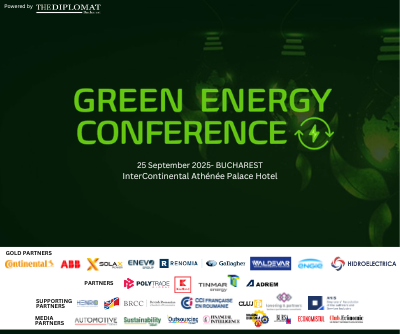Ford trials geofencing tech that could automatically reduce the speed of vehicles

Ford is trialling connected vehicle technology using geofencing – a virtual geographical boundary – that could one day do away with the need for speed limit signs completely. As well as potentially making streets safer for other road users and pedestrians, Ford’s Geofencing Speed Limit Control system could help drivers avoid inadvertently incurring speeding fines and improve roadside appearances, a release shows.
“Connected vehicle technology has the proven potential to help make everyday driving easier and safer to benefit everyone, not just the person behind the wheel,” said Michael Huynh, manager, City Engagement Germany, Ford of Europe. “Geofencing can ensure speeds are reduced where – and even when – necessary to help improve safety and create a more pleasant environment.”
In Europe, up to 29 per cent of road fatalities are pedestrians and cyclists, depending on the country. Setting up 30 km/h zones is considered one of the key measures to reduce the risk to pedestrians in urban areas, as drivers have more time to react and the impact speed is lower. 4
The 12-month trial builds on other recent Ford research projects that endeavour to help improve road safety, including connected traffic light tech that could automatically go green to offer clearer routes for ambulances, fire engines and police vehicles, and the use of specific speakers inside the vehicle to alert drivers to the direction from which people and objects are approaching.
The trial is the result of a collaboration between the Ford City Engagement team, city officials in Cologne and Aachen, and Ford software engineers in Palo Alto, in the US. Together with colleagues in Aachen, the Palo Alto engineers developed technology that connects the vehicle to the geofencing system for GPS tracking and data exchange.
The driver receives the information via the dashboard display cluster, with the new speed limit flashing below the current speed. The vehicle automatically reduces speed in line with the geofenced zone. The driver can override the system and deactivate the speed limit control at any time.
In the future, Ford’s Geofencing Speed Limit Control system could enable drivers to set their own geofencing zones at speeds as low as 20 km/h, including at depots and private facilities. Speed limits could also be set dynamically, to take into account local hazards, temporary road works and the time of day.
The trial runs until March 2023 and is part of broader research initiatives putting pre-production and prototype Ford E-Transit vehicles to the test across a variety of intensive real-world operating scenarios, including in the postal, municipal and utilities services, as well as last mile and grocery delivery sectors within France, Germany, Italy, the Netherlands, Norway and the UK.



















